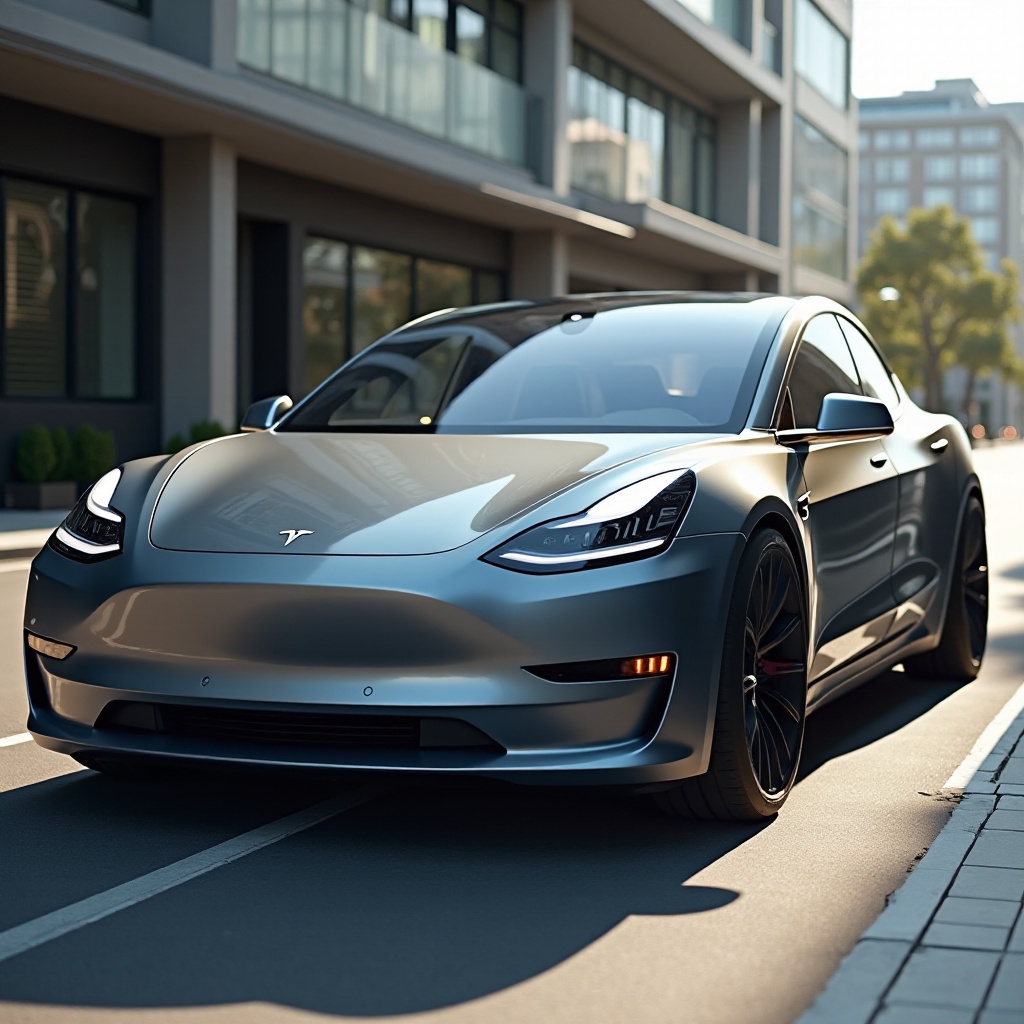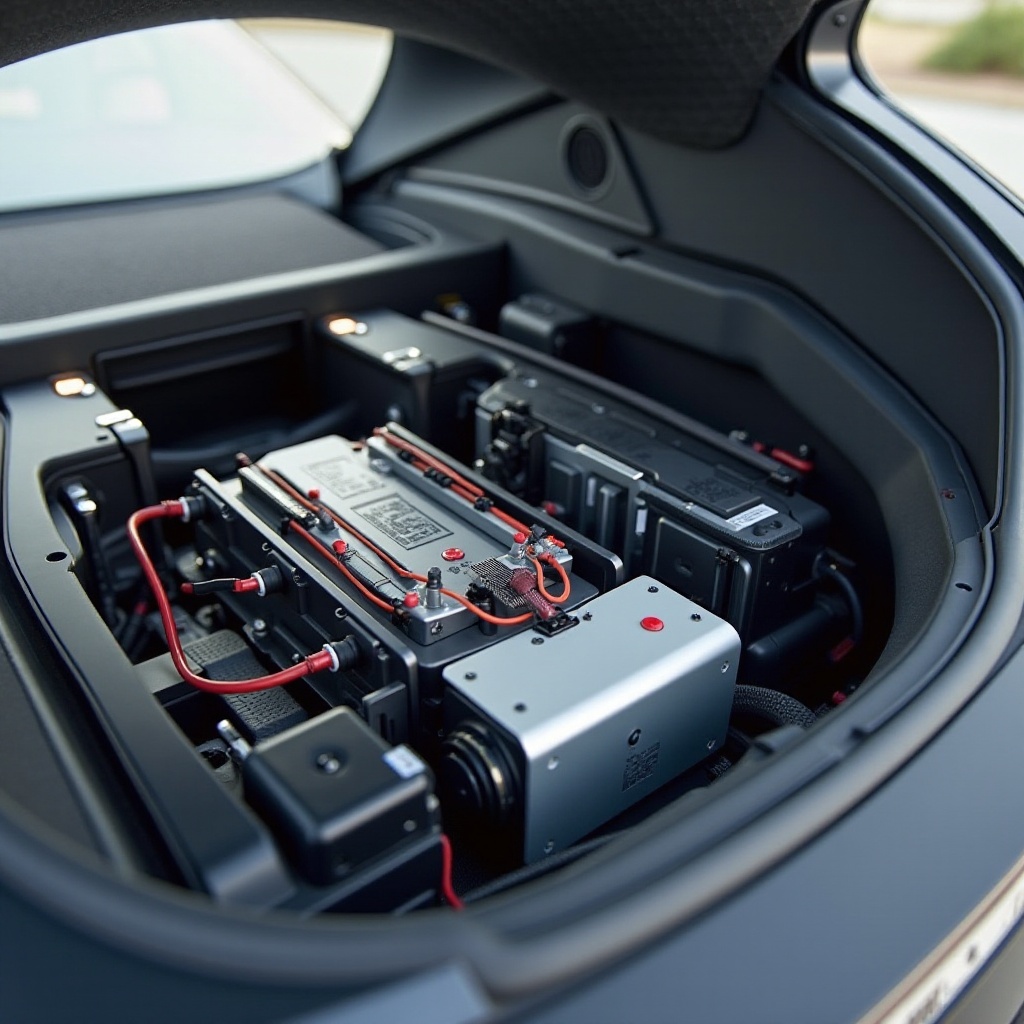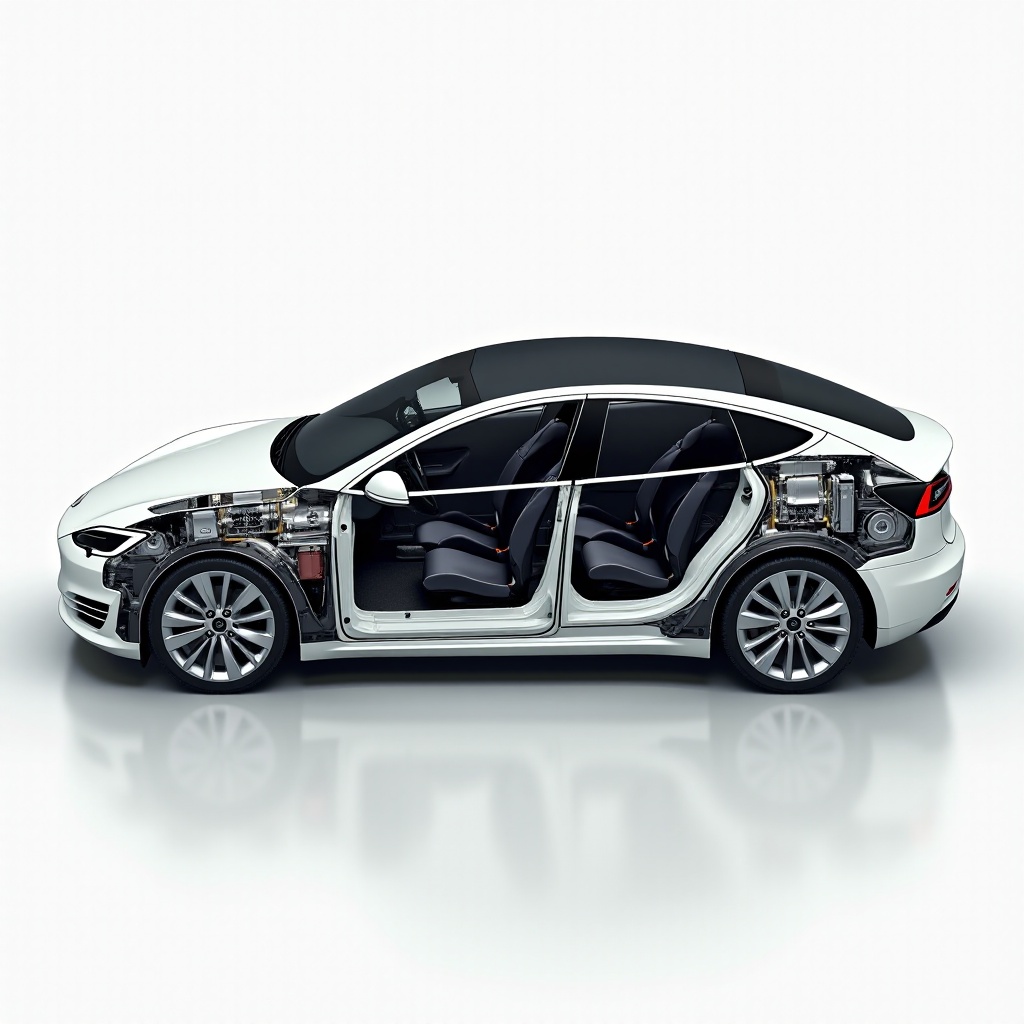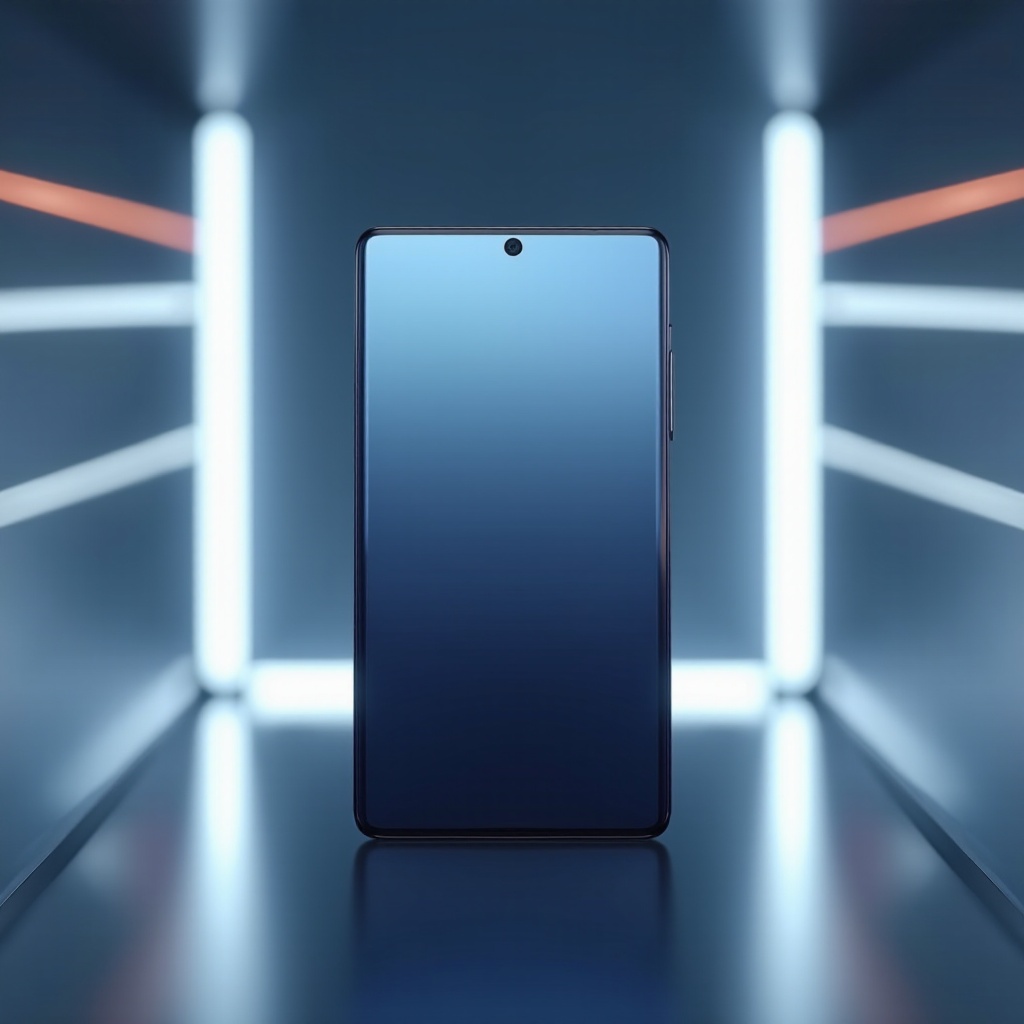Introduction
From the sleek design to the roar-less engines, Tesla vehicles are captivating the automotive world. As more people consider switching to electric cars to embrace sustainability and innovation, questions arise about the mechanics behind these advanced vehicles. One frequently asked question is, ‘Do Tesla’s have a transmission?’ This blog aims to answer that in detail, shed light on Tesla’s powertrain design and explain the mechanics behind their electric drive units, bringing clarity to this unusual but intriguing aspect of EV technologies.

Understanding Traditional Automotive Transmissions
Traditional internal combustion engine (ICE) vehicles rely on multi-speed transmissions that manage the power produced by the engine and deliver it to the wheels. These transmissions are intricate systems composed of gears and clutches that control the torque and speed of the vehicle. The basic process involves:
1. The engine generating power.
2. The transmission system selecting the appropriate gear ratio.
3. The power being transmitted to the wheels through the drive shaft.
Manual transmissions allow drivers to select gears while automatic transmissions handle this itself based on speed and load. These systems compensate for the variable power delivery and operating characteristics of ICEs, ensuring smooth acceleration and efficient fuel usage. But how does this compare to an electric vehicle, particularly Tesla?
Tesla’s Powertrain Design
Unlike conventional vehicles, Teslas possess a distinct powertrain design. Their electric motors do away with the need for conventional multi-speed transmissions. Instead, Tesla vehicles use a single-speed transmission. The electric motor, coupled with a reduction gear, delivers optimal power and torque directly to the wheels.
The simplicity of this system is impressive. Electric motors provide peak torque instantly from a standstill, negating the need for multiple gear ratios. Tesla’s decision to use a single-speed transmission stems from the inherent efficiency of electric motors, which maintain consistent performance across a wide range of speeds.
Moreover, Tesla’s powertrain design enhances the overall driving experience. By simplifying the transmission mechanism, they reduced the risk of mechanical failure, contributing to the longevity and reliability of their vehicles. This approach also results in a seamless and highly responsive driving experience, setting Teslas apart in the competitive EV market.

The Mechanics of Electric Drive Units
Tesla’s electric drive units are marvels of engineering. These units combine an electric motor, power electronics, and the reduction gear in a compact, integrated module. Here’s how it works:
1. Electric Motor: Converts electrical energy from the battery into mechanical energy.
2. Power Electronics: Manages the flow of electricity, ensuring efficient operation of the motor.
3. Reduction Gear: Reduces the speed from the motor while multiplying torque, ensuring that the wheels receive the right amount of power.
Such a configuration allows for direct power delivery without the intricacies of traditional gearboxes. The electric motor’s high-efficiency range makes the need for multiple speeds redundant, prevailing on the efficiency and performance fronts. Tesla’s meticulous design of these units aided in achieving longer ranges and better acceleration, key selling points for their vehicles.

Advantages of Tesla’s Transmission System
Tesla’s approach to vehicle transmissions presents numerous advantages:
1. Simplicity: A single-speed system minimizes complexity, reducing the number of moving parts and potential points of failure.
2. Reliability: Fewer components result in lower chances of mechanical issues, enhancing vehicle longevity.
3. Performance: Instant torque from electric motors provides exceptional acceleration, making Tesla vehicles both responsive and fun to drive.
4. Efficiency: The optimized power delivery ensures that energy from the battery is used as effectively as possible, contributing to the impressive range of Tesla vehicles.
These factors make Tesla an industry leader, redefining what drivers can expect from their vehicles.
Common Misconceptions About EV Transmissions
Many misconceptions exist about electric vehicle transmissions that require clarification:
1. Electric Vehicles Don’t Need Transmissions: While it’s true they don’t need traditional multi-speed transmissions, they do use single-speed systems to manage power delivery and torque.
2. Simpler Transmissions Mean Lesser Performance: On the contrary, Tesla’s use of a single-speed transmission leverages the strengths of electric motors, offering superior acceleration and efficiency.
Understanding these points helps prospective EV owners make informed decisions about going electric, dispelling myths that may create unwarranted doubts.
Conclusion
Exploring the question, ‘Do Tesla’s have a transmission?’ reveals a lot about the innovation behind electric vehicles. Tesla’s single-speed transmission systems highlight an engineering marvel optimized for performance, efficiency, and reliability. These advancements set the brand apart, promising a different yet superior driving experience. As electric vehicles continue to rise in popularity, understanding the mechanics behind them becomes increasingly crucial for consumers and enthusiasts alike.
Frequently Asked Questions
Do Tesla vehicles require any transmission maintenance?
Tesla vehicles require minimal transmission maintenance. The single-speed transmission system, free from the complexity of multi-speed gearboxes, encounters less wear and tear. Regular checks and occasional software updates are generally all that’s needed.
How does the single-speed transmission impact Tesla’s acceleration?
The single-speed transmission, paired with an electric motor’s instant torque, allows Tesla vehicles to accelerate swiftly and smoothly. This configuration ensures that power is immediately available, offering better acceleration than traditional ICE vehicles.
Are there any drawbacks to Tesla’s transmission system?
While highly efficient, Tesla’s single-speed transmissions may limit the vehicle’s top speeds compared to traditional multi-gear systems. However, the benefits in simplicity, maintenance, and acceleration performance far outweigh this limitation, making it a negligible concern for most drivers.


